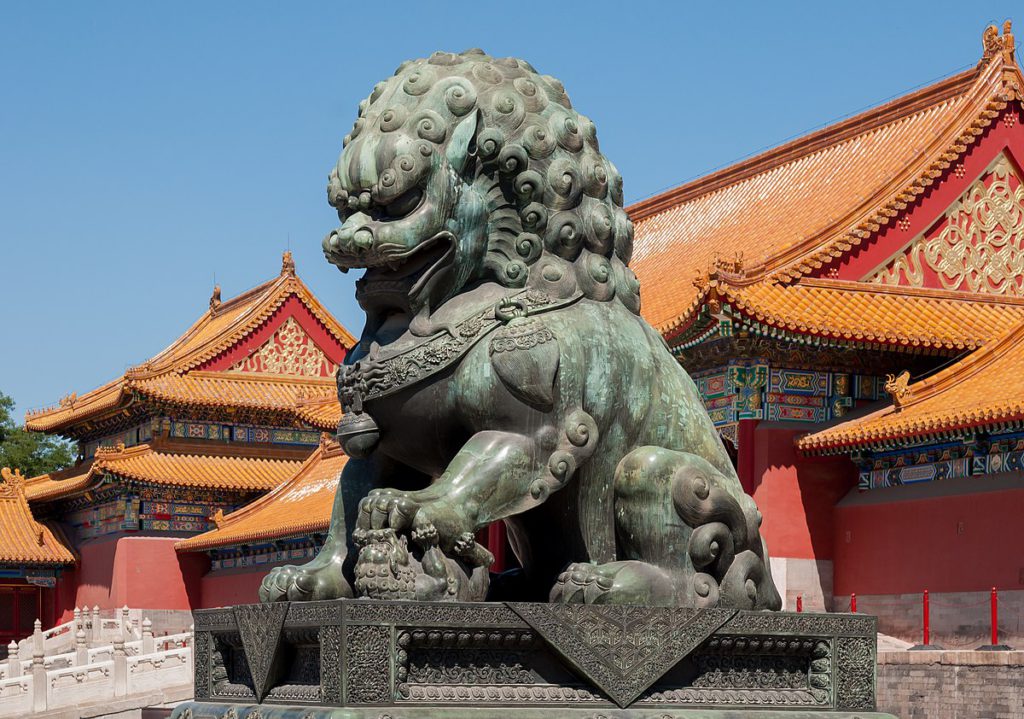
China’s appetite for many of its key commodities remained subdued in May as a cocktail of surging international prices and domestic virus restrictions, including the city-wide shutdown of Shanghai, sapped demand.
Coal and gas shipments continued to languish, according to customs data on Thursday, due to milder weather, as a weaker economy and the impact of the war in Ukraine on energy markets dissuaded importers. Crude imports were a bright spot, rising to 45.8 million tons and the highest since January, although the figure may have been inflated by more oil arriving at discounted prices from origins like Russia, Iran, and Venezuela.
Coal imports dropped to 20.5 million tons, lower than both April and a year earlier, with shipments also affected by strong domestic production and price controls, as well as increased electricity generation from hydropower. Gas imports picked up from April to 9.1 million tonnes, but were still 12% lower on year.
For metals, copper imports stayed around the lows hit earlier in the year, while copper concentrate purchases hit a record of 2.19 million tonnes as domestic smelting capacity continued to expand. Iron ore shipments also improved, including from Australia’s main port for shipments, rebounding above 90 million tonnes for the first time since January as traders stocked up in anticipation of government infrastructure spending to arrest the slowdown in the economy.
On the export front, aluminum sales from the world’s biggest producer rose to a record of 677,000 tonnes, fueled by growing shortages outside China due to disruptions to supply caused by Russia’s invasion of its neighbor.
Among farm goods, soybean purchases hit an 11-month high of 9.67 million tons. Some of that demand may have been due to buyers replacing other oilseeds, as edible oil imports remained depressed amid a global spike in prices and export restrictions on palm oil from top supplier Indonesia.
The broader trade figures showed a pick-up in both imports and exports, reflecting China’s success in bringing the outbreak under control, albeit at a bruising cost, which allowed for a partial recovery in operations at factories and the world’s largest port in Shanghai.
Still, it’s risky to expect commodities demand to be back on track from June. The renewed lockdown of one district in Shanghai has raised concerns that a full reopening of the financial center could be delayed by a resurgence in cases, with China’s Covid Zero policy likely to act as a brake on trade flows for as long as it persists.
Read More: Funds cut bear bets on copper as China recovery hopes grow
Comments